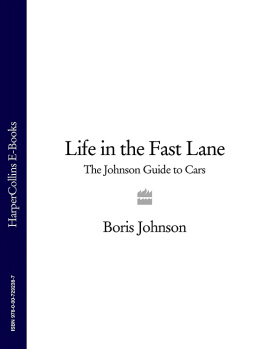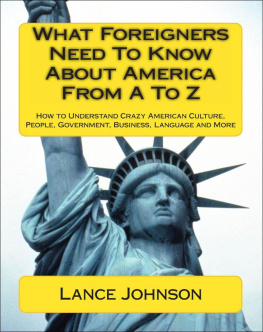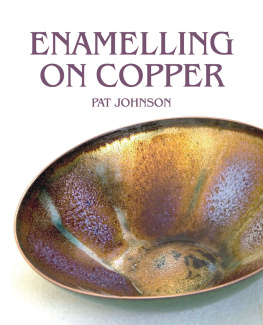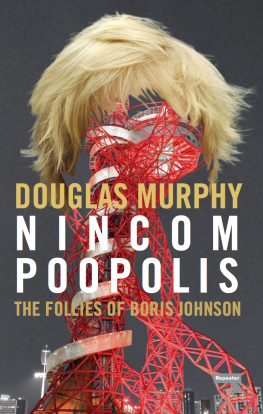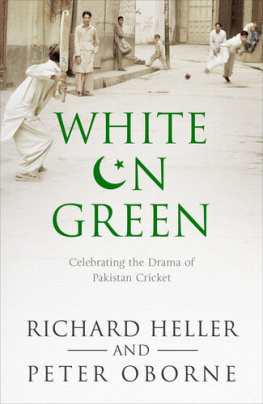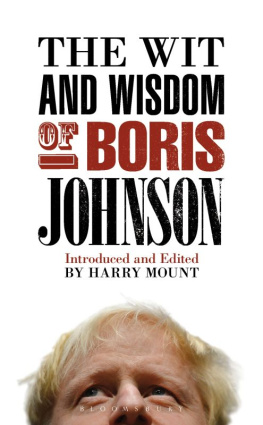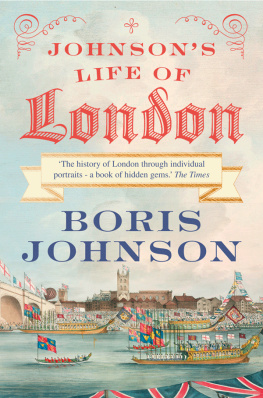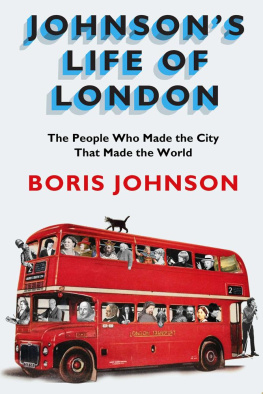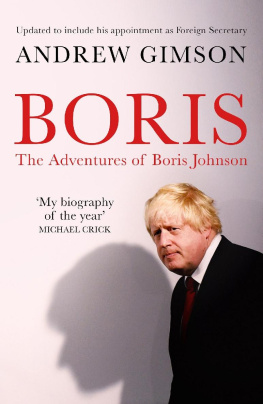For years after that terrible death, I felt a pang every time I pulled into Oxford station.
There was the scrapyard. There was the grabber with its evil jaws. Whenever I saw it I remembered the T-rex aggression with which it lurched down on its victim; how it paused and juddered as though savouring the moment.
Then it smashed through the windows, the windscreen, buckling the paper-thin steel, and with a hydraulic jerk the monster hoisted its prey. High in the air I saw it go, framed against the drizzly morning sky like some clapped-out old tup being lifted for the slaughter. I turned away because I could hear the whine of the crusher and I could not bear to watch the rest.
I could not listen to the death agonies of my driving companion, or see the reproachful look in those loyal headlights, and even today I cannot go past that knackers yard without bidding peace to the ghost of the Italian Stallion.
It was the King of the Road. It was my trusty steed. It was a Fiat 128 two-door saloon, 1.2 litres, and a vehicle so prone to rust that it is years since I saw one in motion. In fact, the whole race of 1970s Fiat 128s seems to have oxidised into virtual extinction. They are fading as fast as the veterans of the First World War. You can hardly even find their photos on the Internet.
The Serbs kept making the 128 until the 1990s, under the brand name Zastava, until a crescendo of global ridicule reached a climax in 1999 when Bill Clinton and Tony Blair actually bombed the factory. Yes, Nato ended the production of my favourite car, as if those F-15s were charged with taking a surreal revenge on behalf of thousands of disappointed western consumers.
But from 1982 to 1986 it was the Italian Stallion, the machine that emancipated me from the shackles of childhood. Inside that happy brown plastic cabin, with its curious fungal growth on the roof, there took place all manner of brawls, romance, heartbreak and general growing-up. Above all, it was the car in which I had my first crash.
No one knew how the Italian Stallion came to be in the family. My mother claims it was hers, though other sources suggest my father bought if off a Brussels squash opponent called Sue.
It was sitting in the yard one day when my brother Leo and I decided to take it for a ride. Neither of us could drive, but there is a two-mile dirt track that links our farm to the main road, and we felt we could learn. We lolloped off down the drive, groaning in first gear, until at length we reached the main road at Larcombe Foot, where the machine stalled and a cloud of steam rose from the bonnet.
We had a problem. We had to turn round, and we couldnt go on the metalled road, since neither of us had a licence. There was a large-ish dirt patch, in which a normal driver would simply have done a neat three-pointer. But we hadnt done a turn before and we were aware of another car about 20 yards away. This obstacle was probably the only other vehicle within five square miles of this bit of underpopulated moorland.
With every manoeuvre we made, we seemed to arc ever closer to the other machine, as if sucked by some fatal magnet. Now our boot was just feet from its bonnet, and it was necessary to reverse.
I had never reversed a car before.
Sweating and cursing, I at last pushed the gear stick into the right position. I lifted my foot smartly off the clutch; one of the lovely features of the Stallion was that it had a very forgiving clutch. You could pull away in second, and quite easily change from first to fourth, and vice versa, usually by mistake.
The wheels spun in the dust and the car shot backwards, like a bolt slamming suddenly home, and with a smooth easy grace we thumped into the other car. Of course I was too amazed to brake, and what Leo and I remember is not just the sweet impact in the small of the back. We both remember the sense of exhilaration as we shunted the only other car in the district rapidly and deftly into a tree.
When the tinkling had stopped, Leo broke the silence and said, Hey, that was great, speaking for every human being who has ever experienced the thrill of the automobilethe joy of moving far faster than nature intended, by a process you barely understand, and yet somehow surviving.
When I became a motoring correspondent it wasnt just because I am a speed freak (though I am, a bit, in a terrified sort of way). It wasnt just because I wanted an endless series of beautiful machines for the weekend (though that is a factor, I have to admit). It was also because, at the risk of being pretentiousand why the hell not, eh?I am interested in politics and society, and it has always seemed obvious to me that the car has not only made our modern landscape, it has been the biggest revolution since print, and the spread of the car, like the spread of literacy, has been a fantastic and unstoppable force for liberty and democracy.
It was the invention that defined and created the twentieth century. In the last hundred years the car has done more for human freedom, I venture to suggest, than the aeroplane, penicillin, the telephone and the contraceptive pill put together. Add in the ice cream Mars Bar, the computer, the trouser press, the television and the non-stick saucepan, and you still do not approach the revolutionary quality of the automobile.
When any invention has such power to promote individual freedom, the state is always driven to respond. The more widespread a liberty becomes, the more necessary it seems for government to regulate, trammel and constrain.
As I look back 25 years to my life with the Italian Stallion, I see that box-rumped old Fiat suffused with the golden glow of an age of comparative innocence, because in the subsequent decades our masters have decided to control our cars, and our lives, in ever more detail. They want to control how we drive and in what condition. They want to regulate what we do in our cars, where we park our cars, and now they want to tell us where we can drive, installing inboard computers to check up on us. We have got to the stage where you can be threatened with imprisonment for eating a sandwich at the wheel, for heavens sake.
I confidently predict that it will not be long before each journey, each turning of the ignition, each firing of the cylinders, will be a matter for negotiation between the driver and the state, because these days your car is deemed to be much more than a threat to life and limb.
It was a Fiat 128 two-door saloon, 1.2 litres, that emancipated me from the shackles of childhood. Inside there took place all manner of brawls, romance, heartbreak and general growing-up. Above all, it was the car in which I had my first crash.
Oh yes: the internal combustion engine now stands accused of threatening the existence of life on earth. The charges are incredible, terrifying. If the scientists of the Stern Review are to be believedand who dares contradict them?then every thin trail of exhaust that curls from your engine is snaking up to heaven, where it is joining the exhaust of billions of other machines, and together these vapours have already quilted a thick tea cosy of carbon dioxide about the planet.
And with every second that great transparent envelope of fumes is getting thicker and thicker. Round the clock the suns rays are penetrating that integument of pollution and, as with a greenhouse, the light goes in and the heat stays put, so every day the atmosphere gets hotter and hotter, the winters shorter and more feeble, Hyde Park in August is turned into a parched dustbowl, and every time you drive your kids to school another poor polar bear gives a bewildered growl as he plops through the melting floes. In fact our whole future looks so ghastly and stifling that I find myself loosening my tie and mopping my brow as I write these words

